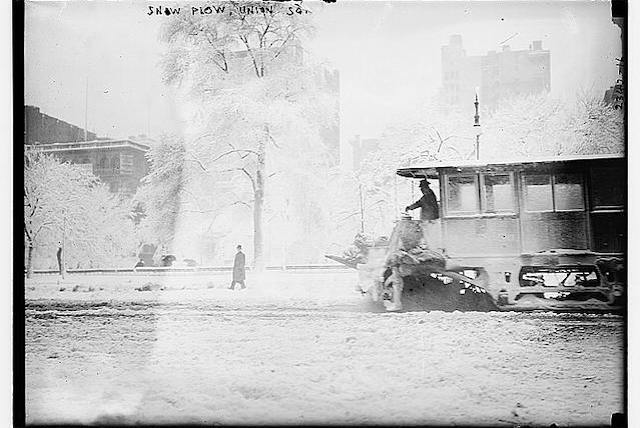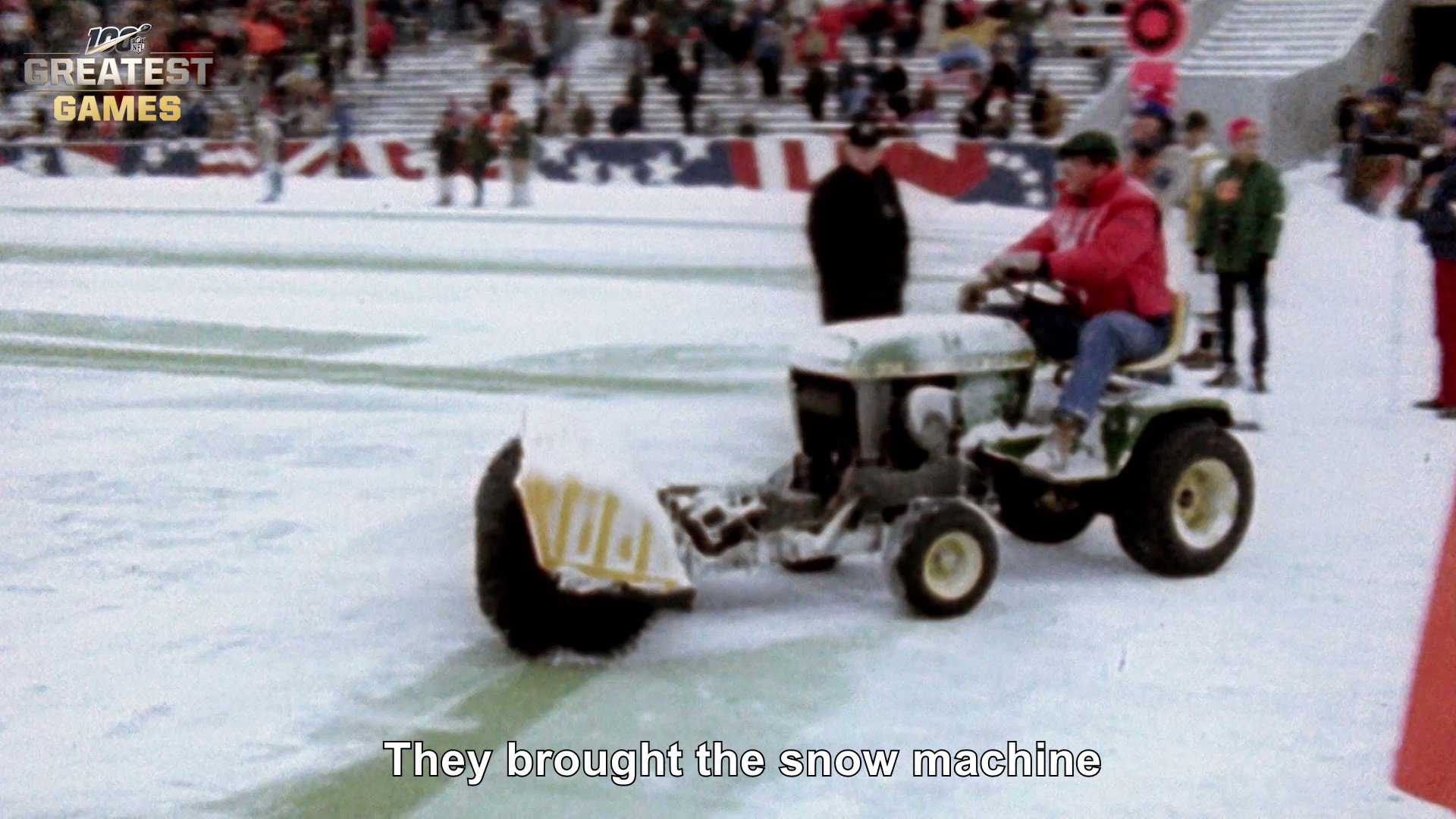
A snowplow-equipped train travels through Union Square. (Courtesy of the Library of Congress.)
Posted on 01/29/2022 2:47:24 PM PST by DoodleBob
Watching snow dance down to Earth on a winter’s eve is one of the season’s great treats. Whatever joy can be seized from such a sight, however, is almost immediately dashed the next morning if you find your street hasn’t been plowed. After all, a snowed-in road makes car travel all but impossible – a fact proven true when we trace the history of snowplows back to the beginning.
How did people traverse the snow before plows? What happened when early snowplows weren’t enough? What does the subway have to do with any of this? Let’s clear a path to the answers.
“The Indians near an hundred years old affirm that their fathers never told them of anything that equalled it.” –Henry David Thoreau on the Great Snow
Recorded history of blizzards in the Northeast begins with the Great Snow of 1717, which sounds like something pulled from the pages of the Old Testament. Snow fell for weeks, according to the New England Historical Society, up to 25 feet high in some places. Locals burned furniture when they ran out of wood and coal. Animal populations were nearly wiped out. Transportation was nearly impossible, with post boys forced to abandon their horses and deliver mail on snowshoes.
Future storms wreaked similar havoc on society. By the 1800s, commerce was booming and companies relied on frequent deliveries. Without any public snow removal practices in place, however, residents and merchants were responsible for clearing their own streets. This slowed transportation down to a crawl and forced most wintertime travel to be done on foot.

A snowplow-equipped train travels through Union Square. (Courtesy of the Library of Congress.)
The first snowplow patents were issued in the 1840s, according to the National Snow & Ice Data Center. Yet it would take nearly two decades for the invention to be put into practice. The first known use of a snowplow was in Milwaukee in 1862. Early iterations of the new technology involved a plow being attached to a horse-pulled cart. By this time, carts and wagons were often equipped with ski-like runners for easier traveling over the snow. Front-end plows also helped trains clear snow during their routes.
The city had sold off most all of its snow removal trucks.
I followed this when I was working in MA back then.
Detroit was shut down the better part of 5 weeks. Even USPS delivery was suspended.
Thanks. I’d be interested in reading on the railroad end of things as well—The Long Winter contains some hints on the subject.
What?
No mention of jet engine snow removal?
They didn’t mention Toronto’s Metro Melter, which saved the day during the clean up of the Blizzard of ‘77.
The Patriots Dolphins “Snowplow Game” in 1983.
Don’t miss the link to the Great Snow of 1717!


Electric snowplows will be the best.....
bump


But that didn't make it easier for autos.
Thanks!
Winter Road Maintenance, the Old-Fashioned Way
Traffic jams and bad weather in the news lately got me thinking about traffic problems in the old days. Back then, too much competition for road space wasn't the issue...rather, it was hard enough to find a passable road, period. In winter, especially, roads tended to disappear, buried under the tons of snow that used to fall here in the Northeast way back before Global Warming.
But the old-timers, used to finding wooden solutions for almost every problem, found one for snow-covered roads.
"January was usually the season for winter road-work in the northern states when the snow was packed and graded to make the sledding season as long as possible. Snow was shoveled into melted or otherwise bare spots by snow-wardens, fed into covered bridges, and packed down with giant snow rollers by the road commissioner to keep the sleds going. Snow rollers are among the rarest of antique vehicles - perhaps no more than eight exist in America. Snow roads of a century ago were nursed along during the wintertime, just as modern ski-runs are, and when March winds melted the snow of the northern countryside, most of the old-time roads were still snow-packed."
- Eric Sloane, The Seasons of America Past What? Snow rollers? Can you imagine what those must have looked like?
Fortunately, Mr. Sloane provided us with one of his famous drawings to help us imagine. And naturally, wood played a part...

http://gowood.blogspot.com/2014/01/winter-road-maintenance-old-fashioned.html
In Alaska, it’s not uncommon for moose to use the train tracks for getting around.....the train engineers hate when this happens, but it does.
At least a train will definitely win against a Moose. 18 wheelers need to be specially equipped to ensure a win. Anything else, the Moose wins—or at least the other thing loses.
Disclaimer: Opinions posted on Free Republic are those of the individual posters and do not necessarily represent the opinion of Free Republic or its management. All materials posted herein are protected by copyright law and the exemption for fair use of copyrighted works.